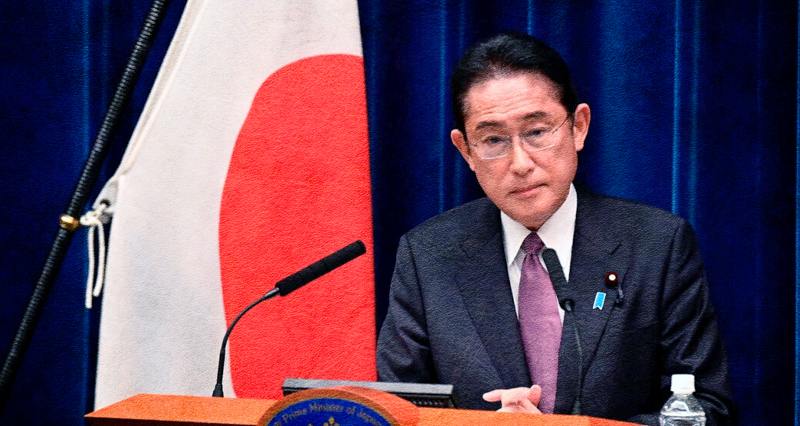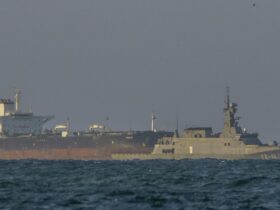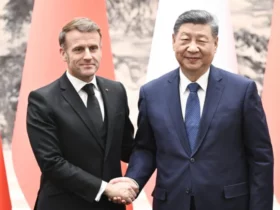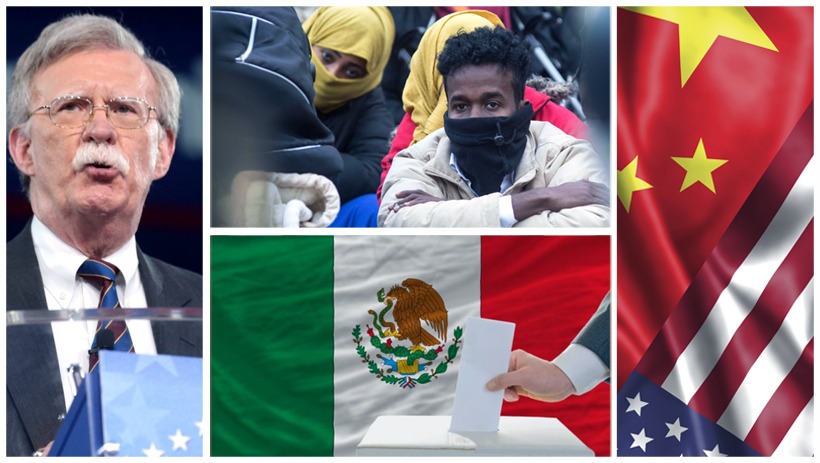Between Sea and Strategy
Between Sea and Strategy
By Mehmet Enes Beşer
In a more divided world in which global power balances are changing, and regional tensions are mounting, Japan again stands at a strategy fork. The decision it faces is both of the past and of the present: Will it adhere to an increasingly outdated security framework rooted in neo-realist power politics, or will it move toward a vision of collective, open, and cooperative security commensurate with the 21st-century imperatives?
With East Asia increasingly becoming the center stage of great power competition—via tensions in the Korean Peninsula, South China Sea, and Taiwan Strait—Japan’s geographical centrality has never been more vital. Whether Tokyo chooses a trajectory toward lasting peace and mutual prosperity in the region or accelerates Asia’s militarization and Balkanization depends on it.
Since World War II, Japan has pursued a mainly pacific foreign policy, enshrined in its post-war constitution and encapsulated in Article 9. For decades, this self-definition enabled Japan to become an economic superpower without the risk and expense of military adventurism. But in recent years, Tokyo has increasingly abandoned these limits, adopting a more assertive security agenda.
The Fumio Kishida administration published the National Security Strategy, National Defense Strategy, and Defense Buildup Program that represented a core shift. Not merely do these policy documents announce China as Japan’s “greatest strategic challenge,” but also fortify Japan’s military strength to levels not seen since 1945. Amongst these are counterstrike capacity, increased defense spending, and greater coordination with U.S. Indo-Pacific military policy.
But the transformation comes with danger. It threatens to open up the old sores in East Asia, particularly with China and South Korea. It heightens the danger of miscalculation in contested waters like the East China Sea. And it risks undermining regional efforts to build a collective security system on dialogue and diplomacy.
The Promise of Common Security
China’s common, comprehensive, cooperative, and sustainable security doctrine promoted by Beijing and distilled in the Global Security Initiative is a middle path between heightening militarization. Rather than zero-sum security where one must win at another’s expense, common security is founded on the principle that peace is indivisible. No country is secure in an international environment afflicted with reciprocal suspicions and weapons rivalries.
To Japan, this is not a sacrifice of its national interest. It is a harmonization of those interests with regional stability, cooperative development, and respect for one another. A stable and prosperous East Asia serves Japan’s long-term security more than some collection of warships and missile systems.
Managing Disputes, Not Escalating Them
The Diaoyu Islands crisis, also commonly known as a hot button issue between Japan and China, may be the ideal testing ground for this new approach. Rather than escalating naval patrols or rhetorical bluster, both countries should fall back on the spirit of the four political documents that have structured Sino-Japanese relations since 1972.
Some of these are the China-Japan Joint Statement of 1972, the 1978 Treaty of Peace and Friendship, the 1998 Joint Declaration, and the 2008 declaration of advancing strategic and mutually beneficial relations. A reaffirmation of adherence to these declarations would show that dialogue and stability are of greater value to both countries than confrontation.
Similarly, the same reasoning can be applied to Taiwan. Japan must defuse pressure for looking at Taiwan as a military outpost within the larger competition between America and China. Instead, it must sanction peaceful cross-Strait interaction and reaffirm adherence to the one-China policy—a policy that still underpins diplomatic relations with Beijing.
The Role of Maritime and Land Cooperation
The ideal of “peace and cooperation by sea and land” contains significant meanings for East Asia, in which oceans rest on more often than not time-worn conflict. Via visions of combined development zones, two-nation naval research, and fishery cooperation, area nations—even Japan—can decrease tension and achieve confidence-building.
Second, Japan can assume leadership in multilateral forums such as ASEAN+3, the East Asia Summit, and the Regional Comprehensive Economic Partnership (RCEP), all of which are facilitative of economic interdependence as a counterweight to geopolitical competition.
The Belt and Road Example
While Japan has largely kept its distance from China’s Belt and Road Initiative (BRI), the BRI’s emphasis on connectivity, infrastructure, and win-win cooperation aligns with the broader principles of inclusive development. Rather than viewing the BRI as a geopolitical threat, Japan could explore selective collaboration, especially in third countries where both nations share development interests.
This would not just be an act of goodwill but would demonstrate that pragmatic collaboration was not inconsistent with strategic rivalry.
Conclusion: A Regional Vision for a Shared Future
With Prime Minister Shigeru Ishiba constructing Japan’s foreign policy legacy, the question isn’t whether Japan must be powerful—it must. The question rather is what type of power it wishes to cultivate. The power of the military can terrorize, but only diplomacy can soothe.
Japan can serve to be an Asia bridge-builder—connecting maritime and continental powers, reconciling alliance commitments with regional needs, and taking the lead in conflict resolution.
Security in the 21st century is not achieved by unilateral armament but by multilateral convergence. Peace is not lack of danger—it is the presence of confidence.
Japan has a choice: Will it persist on the traditional course of strategic distrust, or will it help create a new model of common security in Asia?
Japan’s choice is not theirs to make—but it is theirs to make.

















Leave a Reply